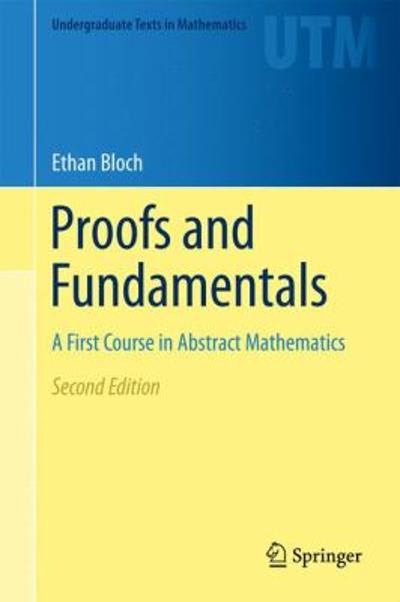Answered step by step
Verified Expert Solution
Question
1 Approved Answer
For 2 N =1000 sample 10,000 realisations of each of the random variables respectively. Display a normalized histogram for all three simulations, along with the
For 2N=1000 sample 10,000 realisations of each of the random variables respectively. Display a normalized histogram for all three simulations, along with the probability density function of the arcsine distribution, to check the above facts numerically!



Step by Step Solution
There are 3 Steps involved in it
Step: 1

Get Instant Access to Expert-Tailored Solutions
See step-by-step solutions with expert insights and AI powered tools for academic success
Step: 2

Step: 3

Ace Your Homework with AI
Get the answers you need in no time with our AI-driven, step-by-step assistance
Get Started


